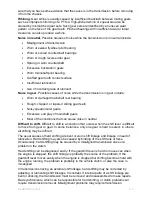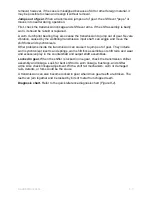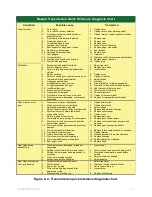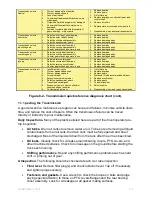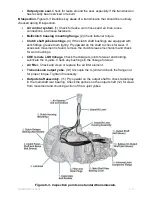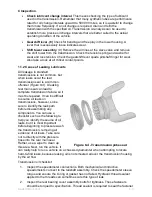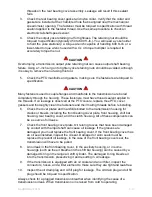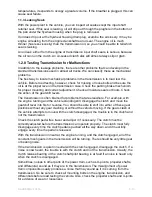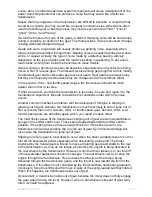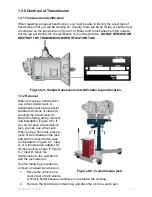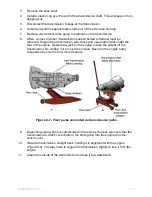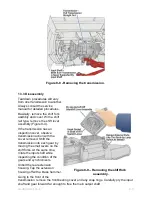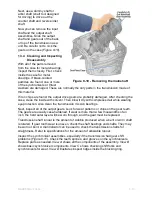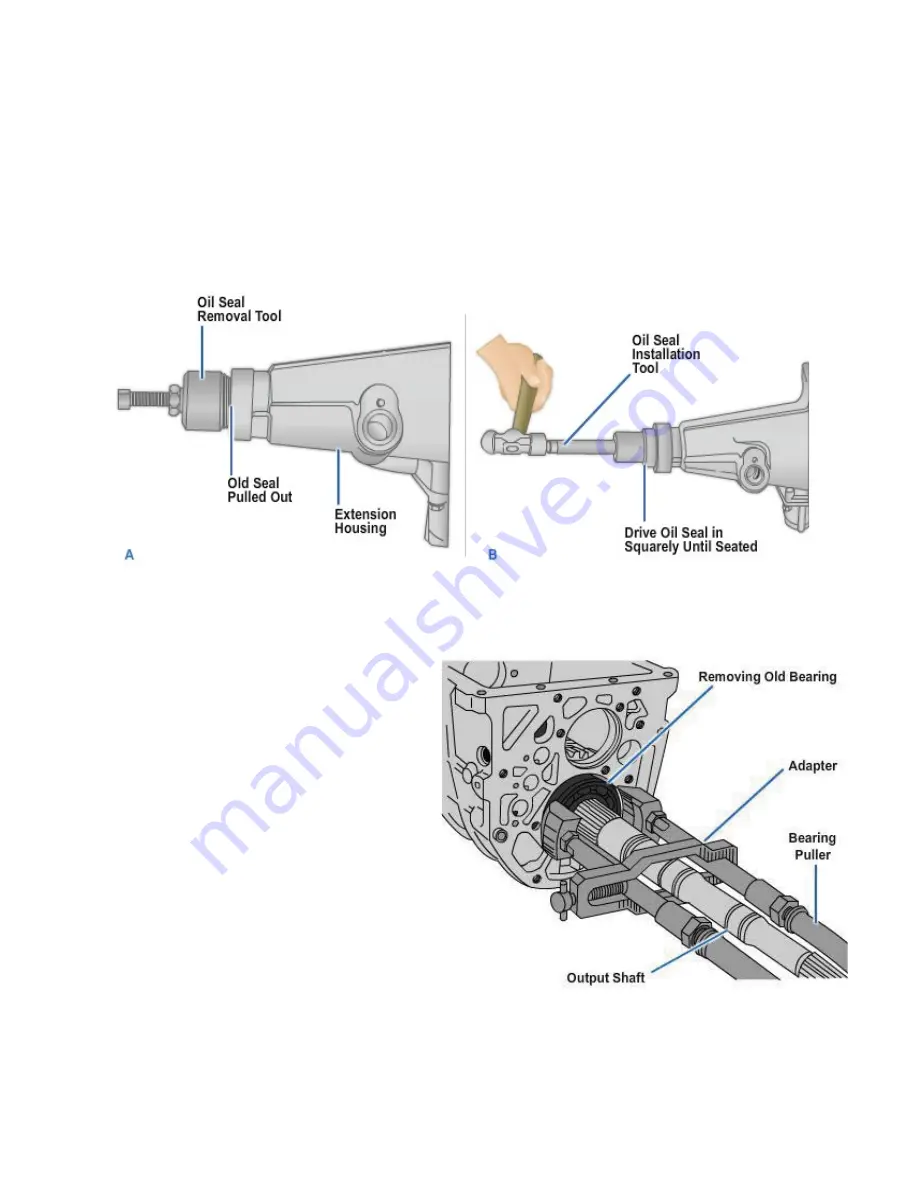
1.3.5 Replace Worn or Damaged Parts
Any worn or damaged part in the transmission must be replaced. This is why your
inspection is very important. If any trouble is not corrected, the transmission rebuild may
fail. You would have to complete the job a second time.
It is generally recommended to always replace all gaskets and seals in the
transmission. Even though a seal or gasket might not leak before teardown, it could
start to leak after assembly.
Figure 8-12
shows a typical way of replacing a rear seal.
The rear seal can be removed and installed with the transmission still in the vehicle.
View A
shows the seal being removed and
View B
shows driving in a new seal. Coat
the outside of the new seal with non-hardening sealer before installing.
Figure 8-12 -
Replacing the oil seal.
When replacing a gear on the output
shaft, you should also replace the
matching gearset on the countershaft.
If a new gear is meshed with an old
worn gear, gear noise can result.
Frequently, you will need to replace
input shaft bearings. These bearings
are prone to wear because they
support a great amount of load. You
can turn by hand to feel signs of wear
or unevenness. A special puller may
be needed to remove some bearings
(
Figure 8-13
).
1.3.6 Reassembly
After obtaining new parts to replace
the old worn ones, you are ready for
reassembly. Typically, the
transmission is assembled in reverse
order of disassembly. Again, refer to
the service manual for detailed
procedures for reassembly.
The service manual will usually have
Figure 8-13 - Removing bearings with
puller.
exploded views of the transmission (
Figure 8-14
) and assemblies (
Figure 8-15
). They
8-20
NAVEDTRA
14050A

